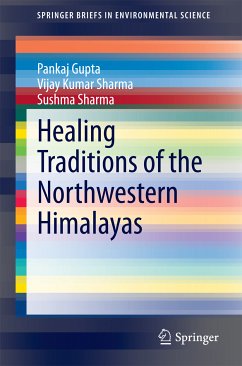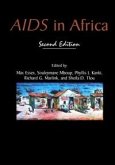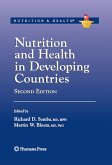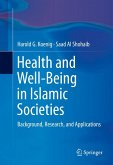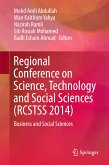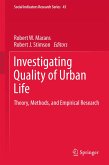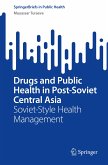The World Health Organization defines traditional medicine as wisdom, skills, and practices based on theories, beliefs, and experiences indigenous to different cultures, used in the prevention, diagnosis, improvement or treatment of physical and mental illness and maintenance of health. In some Asian and Africancountries, 80% of the population depends on traditional medicine for primary health care. However, the knowledge of these conventional healing techniques and traditions associated with conveying this knowledge are slowly disappearing. The authors highlight the importance of safeguarding this indigenous knowledge in the cultural milieu of the Himachal Himalayas.
This book will be an important resource for researchers in medical anthropology, biology, ethno-biology, ecology, community health, health behavior, psychotherapy, and Himalayan studies..
Dieser Download kann aus rechtlichen Gründen nur mit Rechnungsadresse in A, B, BG, CY, CZ, D, DK, EW, E, FIN, F, GR, HR, H, IRL, I, LT, L, LR, M, NL, PL, P, R, S, SLO, SK ausgeliefert werden.

